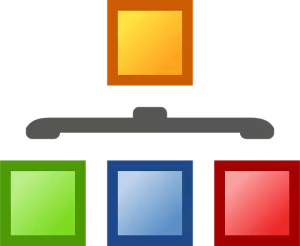In the digital landscape, color is not merely an aesthetic choice; it is a fundamental component of communication, a language conveyed through light and code. Every hue you see on a screen is the result of a specific color model, a systematic and mathematical method for representing a spectrum of colors. For designers, developers, and digital creators, fluency in this language is non-negotiable.
This article serves as a definitive guide to the three foundational color codes of the web and digital media: RGB, HEX, and HSL. We will dissect each system, clarifying its structure, syntax, and ideal applications. Understanding the distinct advantages and contexts for each—from the additive light of a display to the logic of a stylesheet—is paramount to executing precise, effective, and visually harmonious digital work.
Understanding the Building Blocks of Digital Color
To master digital color, you must first understand the primary models used to create it. Each model serves a distinct purpose and offers a unique way of defining and manipulating color.
What is RGB? The Additive Color Model ️

The RGB model is the native language of any device with a screen. It is an additive color model, which means it creates colors by mixing different intensities of Red, Green, and Blue light. When all three colors are at their maximum intensity, they create pure white light. When all are at their minimum, the result is black.
- Syntax and Values: The standard syntax is
rgb(red, green, blue). Each of the three channels is defined by an integer value from 0 (no intensity) to 255 (maximum intensity).rgb(255, 0, 0)produces a pure, vibrant red.rgb(0, 0, 0)produces black.rgb(255, 255, 255)produces white.
- Use Cases: Use the RGB model when you are working on projects intended for digital display. This includes UI design in programs like Adobe Photoshop or Figma, digital photography, and video.
- RGBA: A crucial extension is RGBA, which adds an Alpha channel to control opacity. The alpha value ranges from 0.0 (completely transparent) to 1.0 (completely opaque). The syntax is
rgba(red, green, blue, alpha).
What is HEX? The Web-Safe Shorthand

HEX color codes are the dominant format used in web development for defining color in HTML and CSS. A HEX code is essentially a shorthand representation of an RGB value, expressed in a hexadecimal format. This makes it more compact and easier to manage in code.
- Syntax and Values: A HEX code starts with a hash symbol (
#) and is followed by six characters, in the format#RRGGBB. Each pair of characters represents the hexadecimal value (from00toFF) for Red, Green, and Blue, respectively.FFin hexadecimal is equivalent to255in the decimal system.- #FF0000 is the HEX equivalent of rgb(255, 0, 0).
- For some colors, a three-digit shorthand is possible. For example, #FF0000 can be written as #F00.
- Use Cases: HEX is the standard for any front-end web development task. It’s concise, universally supported by browsers, and the preferred method for defining colors in CSS and HTML.
What is HSL? The Intuitive Color Model

While RGB and HEX are tied to how machines produce color, HSL is designed around how humans perceive it. It stands for Hue, Saturation, and Lightness, making it the most intuitive and human-readable color model.
- Syntax and Values: The syntax is hsl(hue, saturation, lightness).
- Hue: This is the pure color itself, represented as an angle on the color wheel from 0 to 360 degrees. 0 is red, 120 is green, and 240 is blue.
- Saturation: This defines the intensity or “purity” of the color. It is a percentage value from 0% (grayscale) to 100% (full color).
- Lightness: This controls the brightness of the color, also as a percentage. 0% lightness is black, 100% is white, and 50% is the “pure” color.
- Use Cases: HSL is exceptionally useful for creating color palettes. Need a darker shade of your primary blue? Simply decrease the lightness value. Need a more muted version? Lower the saturation. This makes it a powerful tool for programmatic color manipulation in CSS with pre-processors or JavaScript.
- HSLA: Like RGB, HSL has an alpha channel variant, HSLA, for controlling opacity: hsla(hue, saturation, lightness, alpha).
Practical Applications and Comparisons
Choosing the correct color model is not a matter of preference but of technical context. Using the right tool for the job ensures predictability and efficiency in your workflow.
RGB vs. HEX vs. HSL: Which One Should You Use?
| Color Model | Pros | Cons | Best For |
| RGB | Direct representation of screen colors; standard in design software. | Less intuitive to create variations; syntax is longer. | Digital design (Photoshop, Illustrator), image files. |
| HEX | Concise; universally supported for web development. | Not human-readable; difficult to adjust without a color picker. | CSS & HTML styling, all front-end web development. |
| HSL | Highly intuitive; easy to create shades, tints, and tones. | Not a direct representation of machine output. | Dynamic color schemes, CSS pre-processors, JavaScript. |
How to Convert Between Color Codes
While you can convert between these models using mathematical formulas, it is impractical. The most efficient method is to use a dedicated tool. Modern design software like Adobe XD and Figma, as well as browser developer tools (like those in Chrome or Firefox), have built-in color pickers that instantly provide the RGB, HEX, and HSL values for any color you select.
Commonly Asked Questions

- Is HEX the same as RGB? They are different notations for the same thing. Both define a color by its red, green, and blue components. HEX is just a more compact, hexadecimal representation of an RGB value.
- Why is HSL better than RGB? “Better” depends on the task. For creating color relationships, HSL is superior due to its intuitive nature. If you need to make a color 20% darker, you simply reduce the lightness value in HSL. Achieving the same result in RGB would require complex adjustments to all three values.
- How do I make a color lighter or darker? The easiest way is with HSL. To make a color lighter (create a tint), increase the Lightness percentage. To make it darker (create a shade), decrease the Lightness percentage.
Advanced Concepts and Related Terms
Common Definitions Related to Color
- Color Theory: Concepts like the color wheel, complementary colors, and analogous colors are the foundation of why HSL’s hue degree wheel is so effective for creating harmonious palettes.
- Web Accessibility (WCAG): The Web Content Accessibility Guidelines mandate sufficient color contrast between text and its background. Understanding how to adjust Lightness (in HSL) or RGB values is critical for creating compliant and readable designs for everyone.
- Color Gamut: This refers to the complete range of colors a device can produce. Standard RGB (sRGB) is the gamut for most monitors, while other models like CMYK have different, often smaller, gamuts for print.
- Other Color Models:
- HSV (Hue, Saturation, Value): Similar to HSL, but Value (or Brightness) works differently than Lightness. It’s often found in digital art software.
- CMYK (Cyan, Magenta, Yellow, Key/Black): This is a subtractive color model used exclusively for print media. It creates color by subtracting brightness from a white background (paper).
Key Entities in the World of Color
- W3C (World Wide Web Consortium): This organization sets the web standards. Their CSS Color Module specifications are what make RGB, HEX, and HSL function reliably across all modern browsers.
- Adobe: A giant in the creative industry, their software suite (Photoshop, Illustrator) has established RGB as the standard for digital design workflows.
- Pantone: While primarily for the print world, Pantone provides a standardized color matching system that ensures color consistency from a digital screen to a physical product, often bridging the gap between RGB and CMYK.
Conclusion: Speaking the Language of Color with Confidence
Mastering RGB, HEX, and HSL is fundamental to professional digital work. To recap: RGB is for designing for screens, HEX is for coding for the web, and HSL is for intuitively manipulating color. Understanding the context for each allows you to work more efficiently and produce more predictable, precise results. I encourage you to move beyond simply copying and pasting color codes. Open your browser’s developer tools, select an element, and adjust its color using HSL. See firsthand how changing the hue, saturation, or lightness affects the design. By experimenting, you will move from simply using color to truly understanding and speaking its language with authority.







